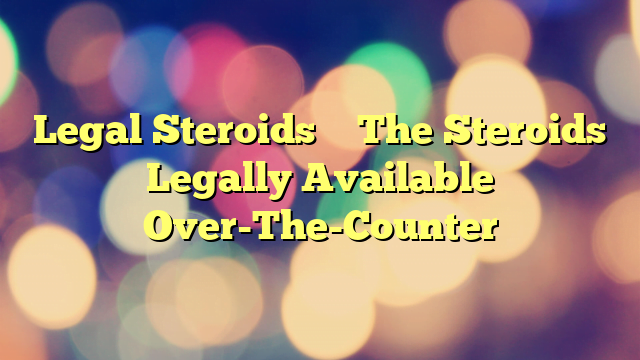Copyright
Copyright
Copyright is a legal fiction designed to protect the works of artists, inventors and innovators. In essence, it is a legal bar, allowing exclusivity for those who create works in the form of an intangible asset which can be sold or relinquished, and which expires upon a certain period of time. With the growth of the internet, and the creation of more and more content, the question of copyright is becoming increasingly more relevant, and one which more and more webmasters are considering to protect their own interests. Additionally, with the rise of the freelancer market, the issue of copyright is becoming a heated topic of debate for both buyers and sellers at every stage in the production chain, and the effects of not having the relevant rights could be potentially catastrophic. In this article, we’ll look at what exactly copyright is, and how it relates to the internet in content creation.
Copyright is an artificial concept that gives the creator of a work, or the person he sells the right to, the legal right to use or modify in whole or in part, and to call their own. It has a different meaning in most jurisdictions, however the basic principle is the same: the creator owns the original copyright to the work in question, and has the freedom to pass this on at will, usually in consideration for money. Where a creator is working on commission, copyright is designed to act as a lien in his favour, meaning that if he creates and passes on but does not receive payment, he can withhold copyright and sue for breach where applicable. Of course, he would also have remedies under the ordinary law of contract, but the grasp of copyright is a very powerful tool, which can even be used against the third party buyer from the original commissioner.
Copyright is designed as a tool to cover what is known as intellectual property. Committing intellectual thoughts and ideas to paper, or making them tangible is usually sufficient to give rise to the copyright protection, which usually lasts for a number of decades in preventing others from steeling ideas. This is primarily designed to encourage forward thinking and art, and can be a vital tool in protecting the financial interests of those responsible for some of the world’s most vital progressions. Consider the inventors of the seatbelt, Volvo. Volvo could have used their copyright to prevent other manufacturers from installing seat belts, and this would have been sufficient to protect any other manufacturer from doing so. Of course they waived their rights for the safety of the general public, which is also a possible consideration for the creator of something new and innovative.
Copyright is an exhaustible right, and it usually expires on a given date, after which all works enter the public domain. This means that those who create new products have sufficient time to capitalise on their idea before the world at large can join in. Unfortunately for many musicians, this means their artistic works can no longer make them money specifically, and can be used royalty free; a fact that has caused much uproar and unrest in recent years.
Copyright is a dynamic area of the law, and is particularly relevant to the internet. As more and more content of more and more varieties is created online, there comes a need to find protection in copyright law to prevent unscrupulous parties from using content without authorisation. In combating this, a number of international legal organisations have been established with a view to tackling copyright violation, and helping those without legal support to fight cases for the protection of their work. It is undoubtedly an area of law that is on the ascendancy, as lawyers worldwide strive to find a cohesive structure to online intellectual property law, and the protections online authors should be afforded for creating their works. At least within national boundaries, it is highly possible to rely on copyright laws to protect and govern material.
PPPPP
Word Count 669


